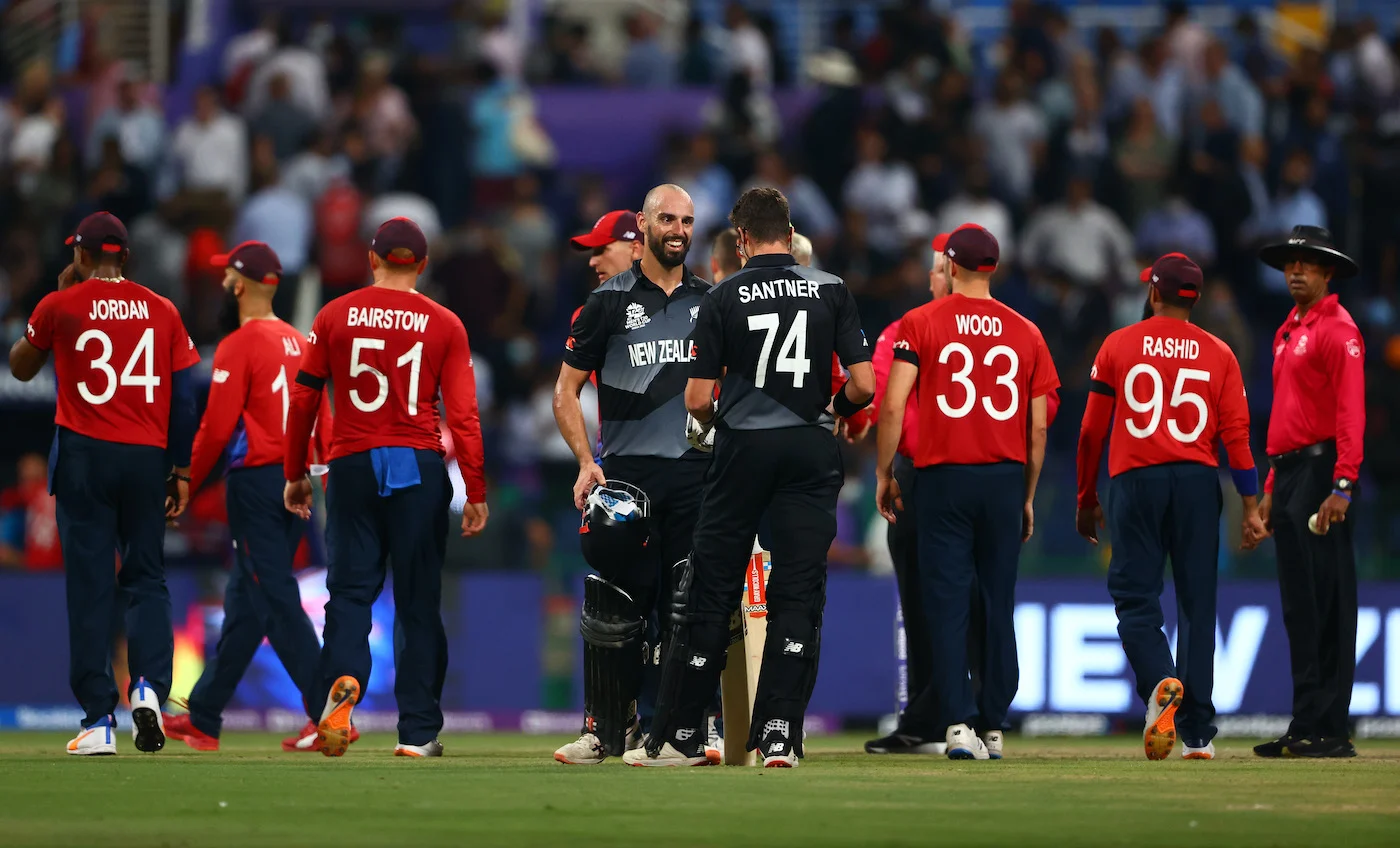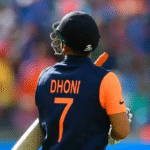Meaning Behind Jersey Numbers in Cricket, jersey numbers are far more than just stitched digits on players’ backs. They carry deep personal, cultural, and sometimes even spiritual meaning. Over the years, the significance of these numbers has evolved—transforming from simple identifiers into powerful symbols of identity, legacy, and fandom in the cricketing world. This article explores the fascinating world of cricket jersey numbers, why players choose certain numbers, and what these numbers signify for the players, teams, and fans.
The Origins and Evolution of Jersey Numbers in Cricket
Jersey numbers in cricket have a relatively recent origin compared to other sports like football and basketball. Initially, cricket uniforms were plain whites with no numbers. Numbers were introduced with the rise of limited-overs cricket in the 1970s and became ubiquitous with the advent of colored clothing in the 1990s.
Numbers made it easier for commentators, officials, and fans—especially on television—to readily identify players. As the game globalized and franchise leagues like the Indian Premier League (IPL) flourished, jersey numbers took on a new symbolic role linked to player brands and merchandising.
Practical Roles of Jersey Numbers
Today, cricket jersey numbers serve several core functions:
-
Player Identification: Fast-paced formats like T20 involve frequent player rotations and large squads. Numbers help fans and commentators quickly recognize players.
-
Broadcasting and Analytics: Jersey numbers assist in video replays, analytics, and DRS (Decision Review System) calls, vital in modern cricket analysis.
-
Branding and Merchandising: Many fans buy replicas of their favorite players’ jerseys, making numbers key marketing assets, especially for superstar cricketers.
-
Continuity Across Formats and Leagues: Numbers provide a thread of identity for players who compete across formats and multiple franchise leagues.
Why Do Cricketers Choose Specific Numbers?
Meaning Behind Jersey Numbers in Cricket, Behind every cricket jersey number lies a personal or cultural story. Players often select numbers based on:
Birthdays and Important Dates
Many players use birth dates or significant personal dates as their jersey numbers. For example:
-
Mahendra Singh Dhoni wore number 7 due to his birthdate: July 7 (07/07).
-
Virat Kohli’s number 18 commemorates his father’s death date, December 18, as well as his own memorable early career moments linked to that number.
-
Shubman Gill chose number 77 as a respectful doubling of his idol MS Dhoni’s number 7, after number 7 was already taken in his junior days.
Lucky Numbers and Numerology
Superstition plays a significant role. Many cricketers firmly believe in lucky numbers or numerology and select numbers they feel bring them good fortune or spiritual balance.
Numbers with repeated digits like 11, 22, 33, or 77 appeal for their symmetry and have numerological connotations of harmony and strength.
Some players consult astrologers or numerologists to pick or change their jersey numbers in cricket, hoping to enhance their performance and destiny on the field.
Tributes and Emotional Connections
Several players choose numbers to honor mentors, family members, or teammates. For instance:
- Steve Smith wore 49 as a tribute to his late teammate Phil Hughes.
- David Warner used number 31 in honor of a mentor.
These choices turn numbers into personal, emotional emblems that carry meaning beyond the sport itself.
Legacy and Uniqueness
Some players pick numbers for uniqueness or familial significance. For example:
-
Hardik Pandya wears 228, reflecting his 228 runs in an under-16 match that marked his rise.
-
Others pick unusual numbers for personal reasons or to create a distinct identity.
Examples of Iconic Jersey Numbers in Cricket
Meaning Behind Jersey Numbers in Cricket, Certain numbers have become iconic, forever linked to cricketing legends:
- Sachin Tendulkar’s number 10 is synonymous with the “God of Cricket.”
- MS Dhoni’s number 7 represents calm leadership and remarkable success.
- Virat Kohli’s number 18 symbolizes perseverance and excellence.
- Jasprit Bumrah’s number 93 has become a mark of pace and aggression in modern cricket.
Some numbers have been so deeply revered that cricket boards have retired them in honor of players’ contributions—for example, BCCI retiring Dhoni’s number 7 jersey to preserve its legacy.
The Fan Perspective: Jersey Numbers as Emotional Symbols
For cricket fans, jersey numbers become powerful symbols of loyalty and identity. Wearing a player’s number on merchandise is a way to display support, forge identity, and participate emotionally in the sport.
Numbers often evoke memories of iconic innings, remarkable bowling spells, or historic wins, becoming part of the fan culture and cricket folklore.
Social media amplifies this connection, turning jersey numbers into popular hashtags, memes, and community symbols.
Jersey Numbers and Commercial Impact
Jersey numbers in cricket are valuable commercial tools. From sales of replica jerseys to endorsements and social media marketing, numbers enhance player branding.
Star players leverage number-based fan followings for sponsorships and personalized marketing campaigns, strengthening the sport’s economic ecosystem.
Conclusion
Meaning Behind Jersey Numbers in Cricket, Jersey numbers seem like simple digits on a shirt. But in cricket, they are much more—they are bearers of legacy, emotional connections, and player identities.
From the numerology and superstitions that guide choices to the tributes and personal stories players imbue in them, jersey numbers have become an essential cultural element of the modern game.






